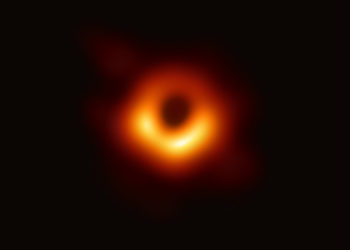UK re-establishing diplomatic ties with Syria as Lammy visits Damascus
The United Kingdom has announced it is formally restoring diplomatic ties with Syria as British Foreign Secretary David Lammy travelled...
At least 27 people killed in Texas floods; two dozen summer camp children missing
Crews searched through the dark early Saturday for two dozen children from a girls’ camp and many others who were...
‘This breaks my heart’: Texas lawmakers react to deadly flooding
Texas lawmakers on both sides of the aisle took a break from July 4th festivities Friday to respond to deadly...
Headed for sentencing, Sean ‘Diddy’ Combs’ lawyers aim to show he’s no longer a ‘Bad Boy for life’
He appeared less than comfortable with the conversation even as he told DeGeneres he “doesn’t feel it’s right for anybody...
The Civil War That Never Ended
Rather than write a column for this Independence Day weekend edition of the newsletter, I decided to chat with Zaakir...
Man charged in connection to deadly attempted carjacking incident in Arizona
PHOENIX — A man was charged Wednesday in connection to a deadly attempted carjacking incident in Arizona on Monday, authorities...
Hundreds rescued from ocean in Newport Beach on July 4 amid rough surf conditions
A Beach Hazard Statement is in effect for much of coastal Southern California amid a busy Independence Day weekend where...
Cam Newton Doesn’t Hold Back About Texas’ Arch Manning
Arch Manning and the Texas Longhorns enter the 2025 college football season as one of the top contenders in the...
Tourists are trickling into Afghanistan. The Taliban are eager to welcome them
KABUL, Afghanistan — By plane, motorbike, camper van and even on bicycles, tourists are beginning to discover Afghanistan, with solo...
Tropical Storm Chantal Forms, Takes Aim at the Carolinas
Tropical Storm Chantal formed off the Southeastern coast of the U.S. on Saturday morning, with warnings being issued by state...

















